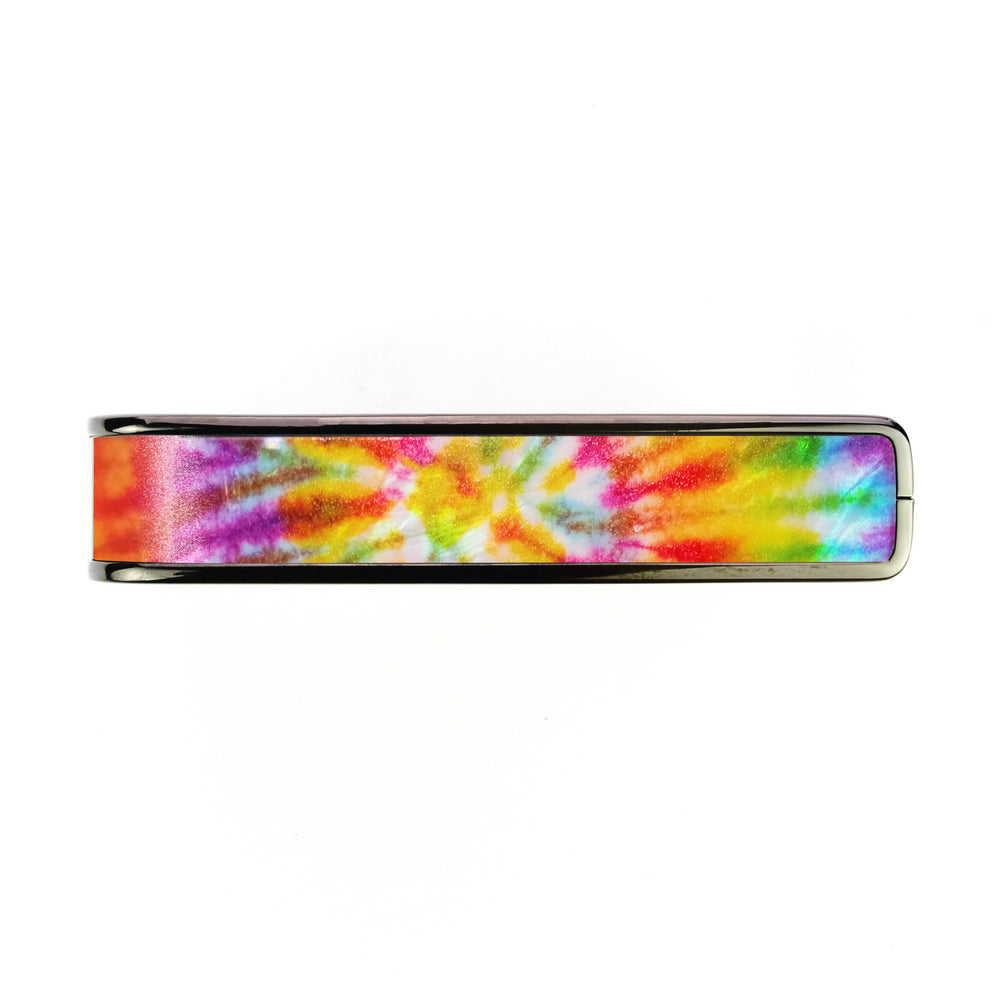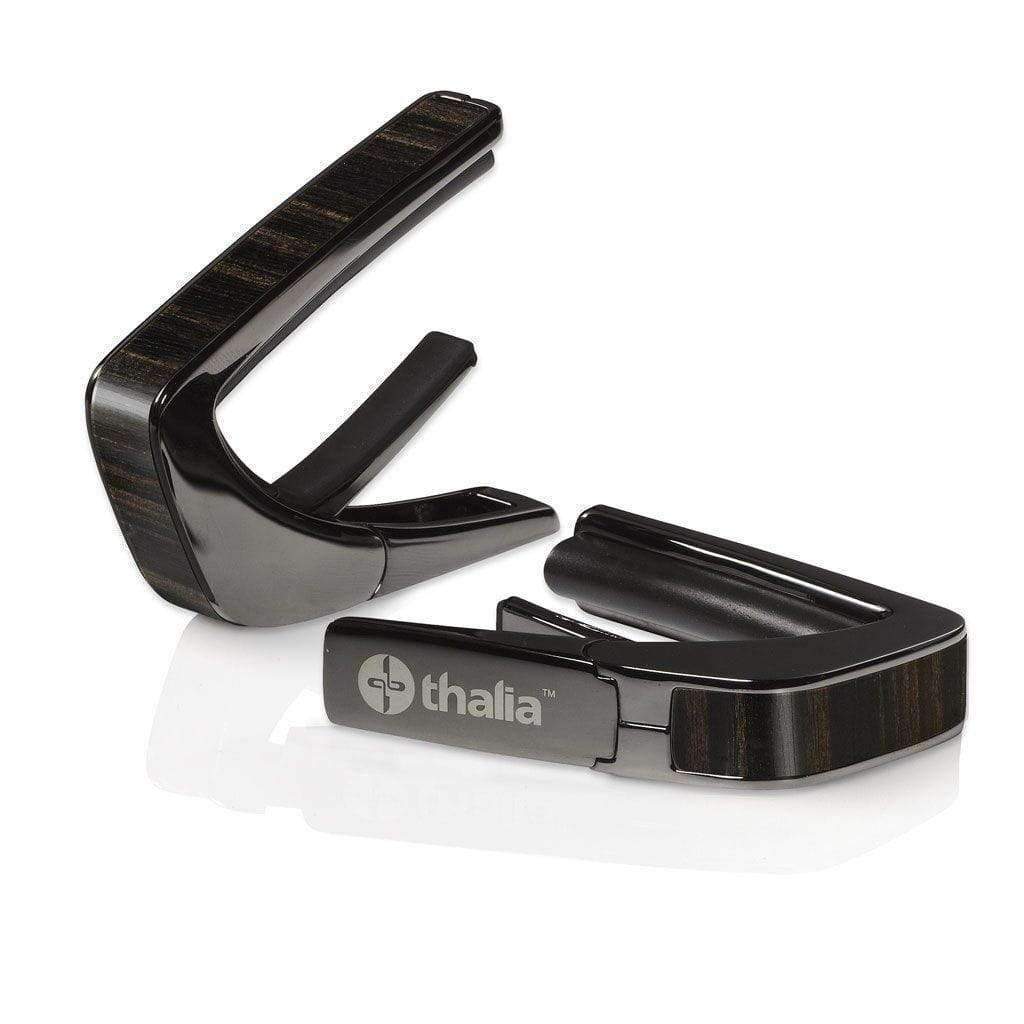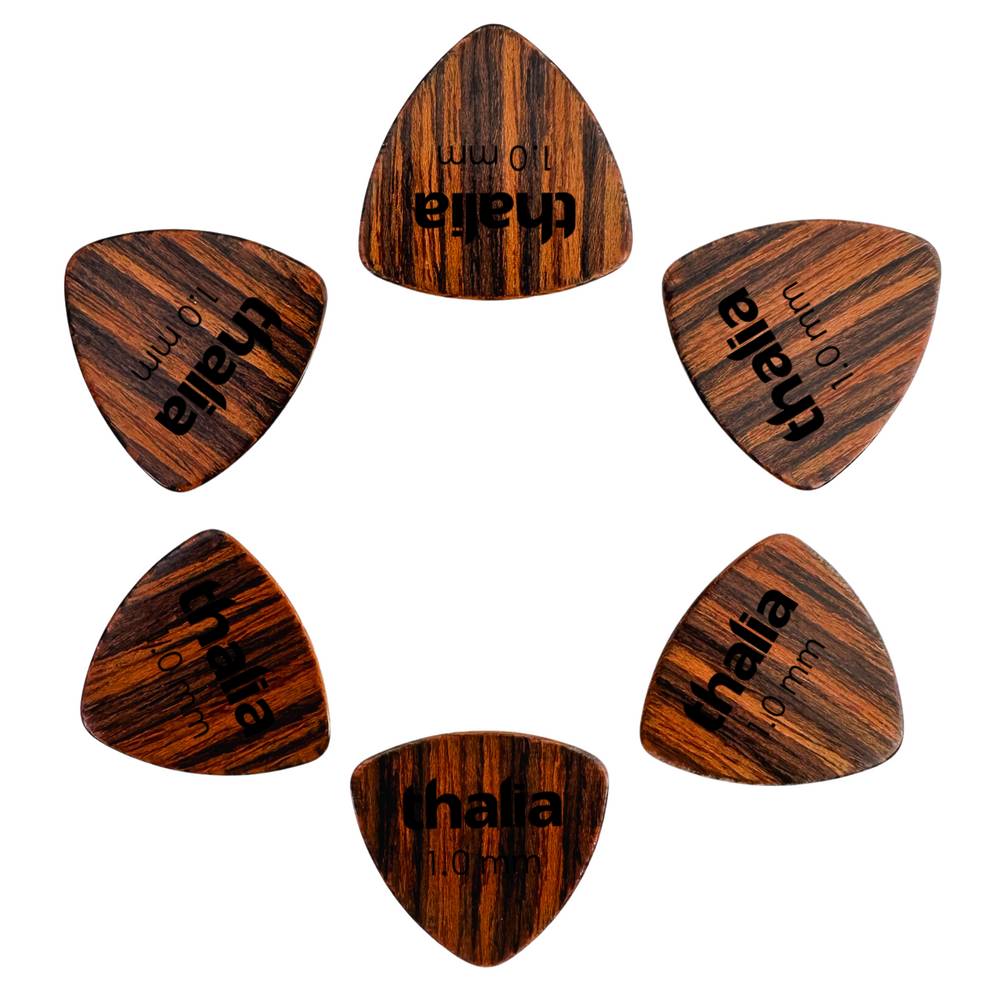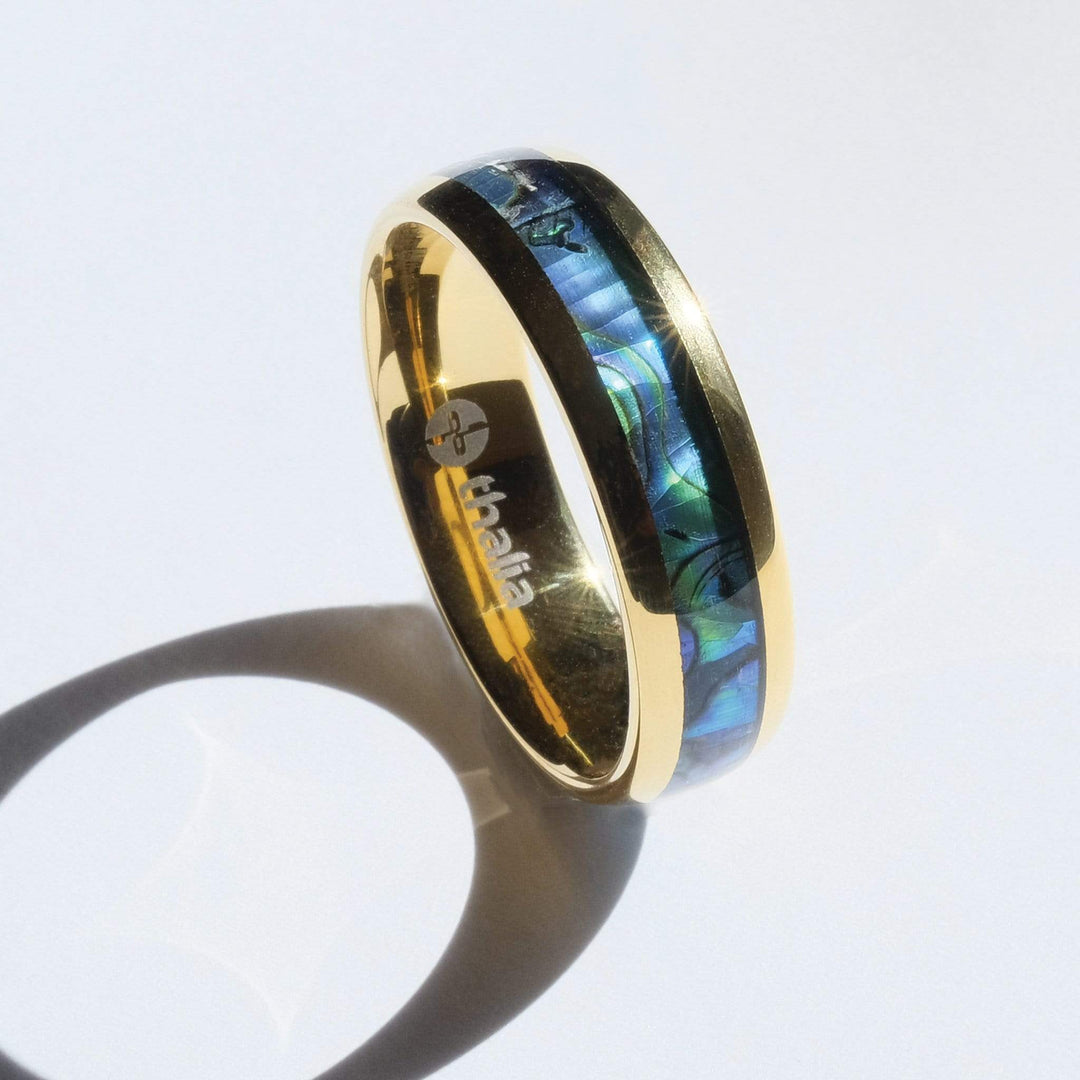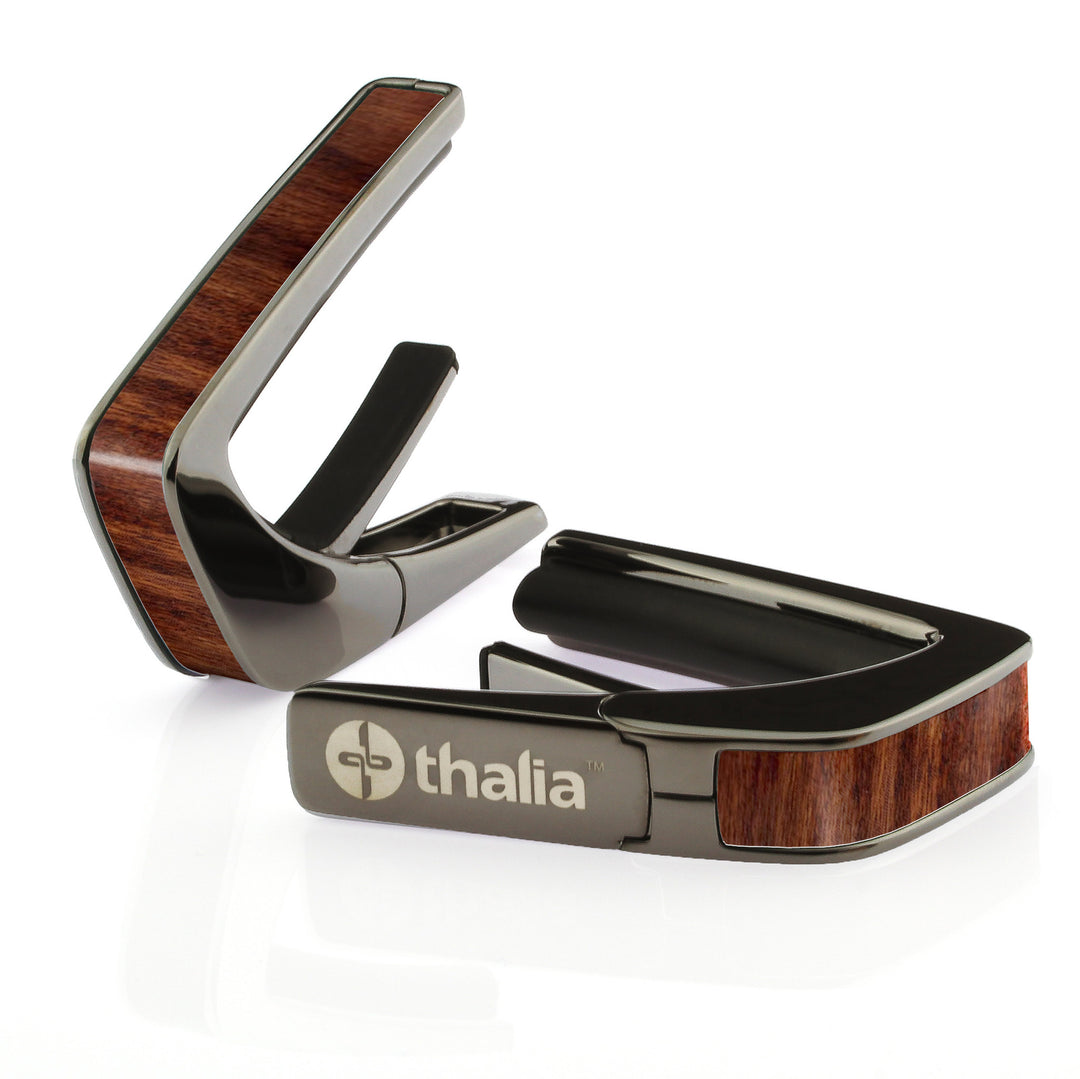Gibson ES-335 Legends
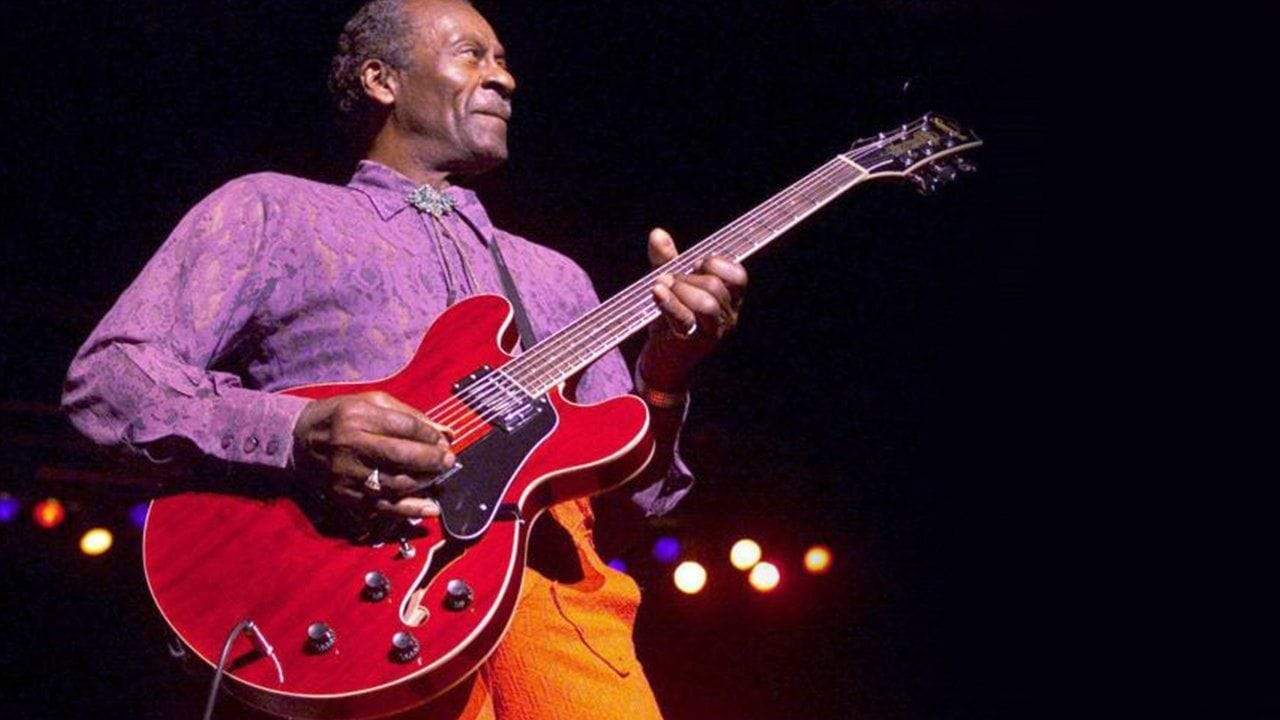
As I mentioned in a previous article, the Gibson ES-335 is one of the most important instruments in electric guitar history.
And, with that in mind, it’s unsurprising that many a legendary player has adopted the iconic semi-hollow body, creating some groundbreaking music with it in the process.
Today, in celebration of the great 335, I’m running through a handful of legendary players that adopted the instrument, and its variations, as their signature axe.
So without further ado, let’s dive in…
Alvin Lee
There are so many amazing performances in “Woodstock: The Movie” that I lose count. But from a guitar playing perspective, probably the most jaw dropping moment (Hendrix’s “Star Spangled Banner” notwithstanding) is Ten Years After’s scorching rendition of “I’m Going Home.”
It’s a blistering performance, that’s a showcase for both Alvin Lee’s incendiary guitar playing, and his unique ES-335. “Big Red,” was the late Lee’s signature instrument, and like the man himself, it was one of a kind. Bought for the princely sum of $90 back in the mid-‘60s, it wasn’t long before Lee started putting his stamp on the instrument. Cosmetically, the stickers are, of course, iconic. But, it wasn’t just the fascia that got an overhaul.
The pick-up covers were the first things to go, much to the chagrin of Les Paul, who reportedly told Lee “I do all this work to make pick-ups that don’t hum by putting screens on them, and the first thing you do is take them off again!” Then, the bridge pick-up was switched around for “more bite.” Finally, Lee added a Strat middle pick-up to the instrument, going for a “best-of-both-worlds” between Fender and Gibson.
B.B. King
It’s hard to imagine B.B. King playing anything other than a variation on the Gibson ES-335. And, while he was actually a Telecaster man during his years on RPM records, he went on to become the standard bearer for Gibson’s thinline semi-acoustic instruments.
King started out playing 345 and 355 variations (essentially upscale 335s with upgraded binding, inlays and optional Varitone switches). Then, in 1980, Gibson introduced his now-iconic “Lucille ” signature model. Based on the 335DT-SV, what makes Lucille unique is her maple, rather than mahogany neck, and lack of F-holes (a request from King to reduce feedback).
Why Lucille? Well, according to King, the name came from an incident at a concert in Twist, Arkansas in 1949. While it seems ludicrously ill advised today, it was fairly common practice at the time to heat venues using a half-filled barrel of burning kerosene. Unfortunately, at the Twist, Arkansas show, a fight broke out. When the barrel was knocked over during the ensuing melee, the hall burst into flames and had to be evacuated.
Once outside, however, King realized that he’d left his beloved $30 Gibson guitar in the building and ran back in to retrieve it. He later found out that the fight had broken out over a woman named Lucille. He named that guitar, and each subsequent guitar he owned “Lucille” to remind himself to never again do something so stupid as run into a burning building.
Chuck Berry
If you want evidence of just how intrinsic the Gibson 335 is to the history of rock n’ roll, look no further than Chuck Berry. The architect of rock guitar, Berry was, like B.B. King, synonymous with Gibson’s semi-hollow variations. While he started out playing a Kay Thin Twin K-161, he soon moved over to a Gibson ES-350T. The guitar, equipped with Gibson’s new P.A.F. humbuckers, featured on many of his Chess Recordings.
When the ES-335 was released in 1958, Berry was one of the first high profile adopters. But for some dalliances with Gretsch instruments, as well as brief flirtation with Gibson’s Les Paul, he remained partial to 335s and their variations throughout his career. He became synonymous with Cherry Red 355s – variously fitted with Maestro vibratos and Bigsbys – before switching to a B.B. King Gibson Lucille signature (also Cherry Red) in the 1980s.
When he passed away in 2017, Berry was buried with is favored 355 model, proof, if any was needed of the close relationship between the instrument and the father of rock n’ roll.
I know I’ve only just scratched the surface of Gibson ES-335 legends here. But, that’s where you guys come in. Let me know who your ES-335 heroes are in the comments below, and which of those guitar players you’d like to see a future article on.







